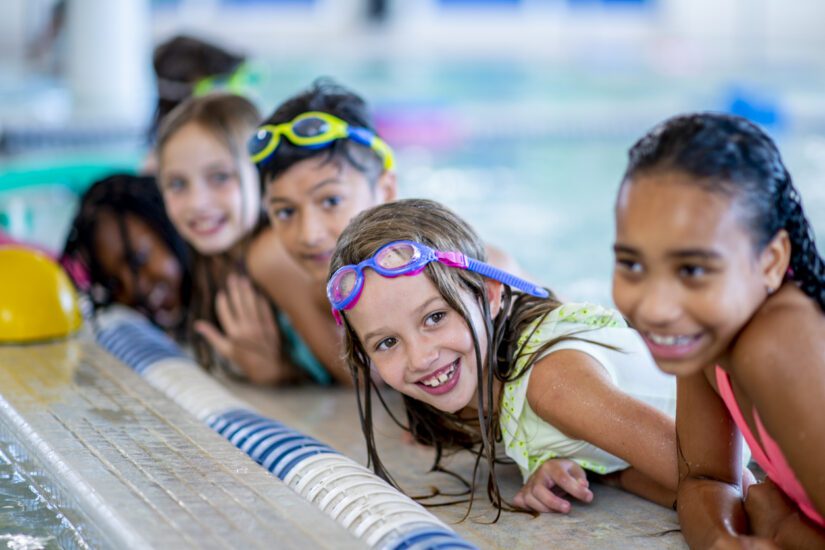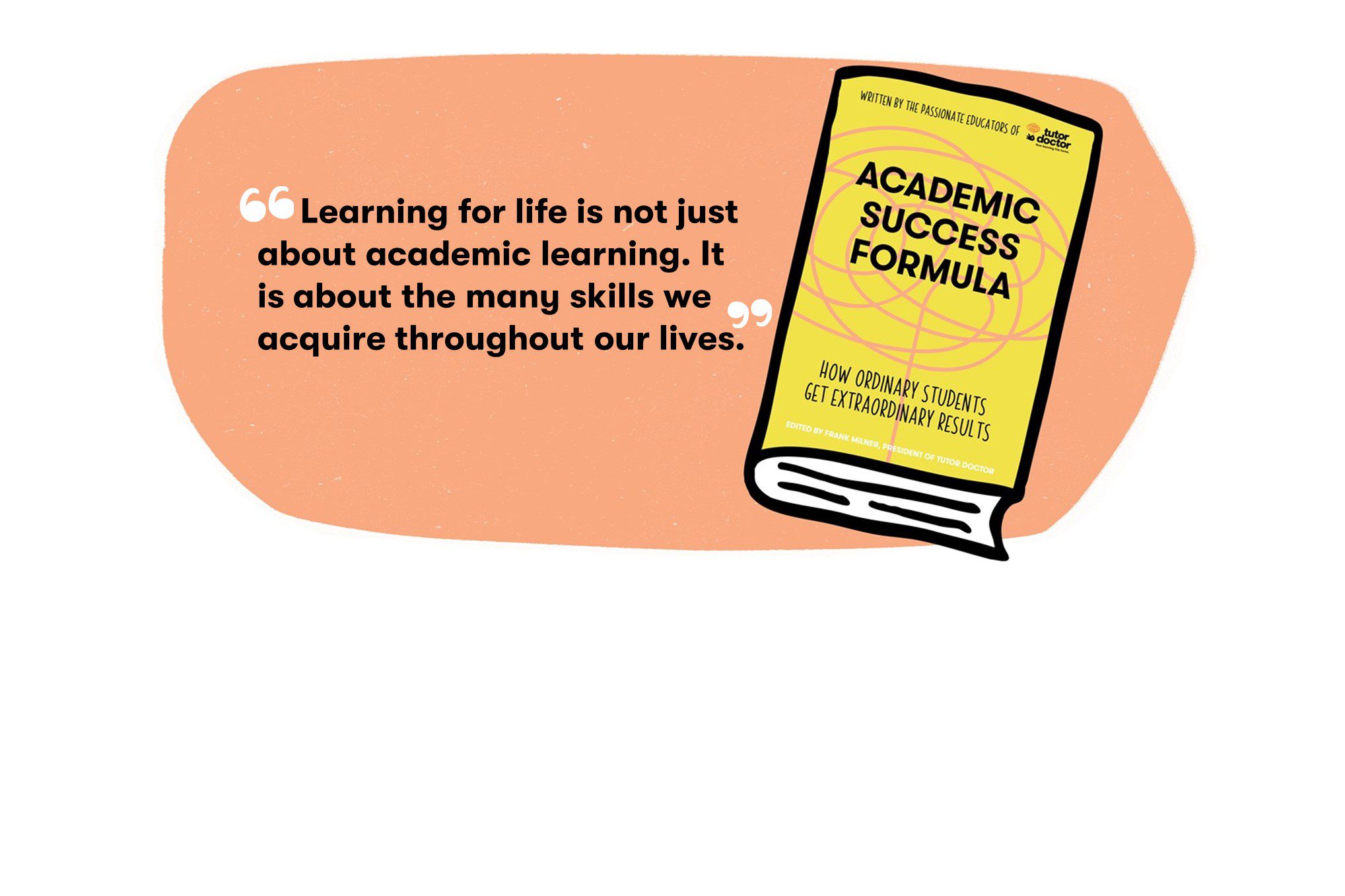Summer vacation is in full swing! Looking for ways to keep your child engaged over the break? Check out these 7 creative summer learning activities for all ages!
1. Reading
Reading books, graphic novels, and even picture-based stories are all excellent ways to keep young minds occupied – especially during lengthy periods away from school. Unfortunately, reports indicate that 20% of students ages 6 and older read zero books throughout the summer. Surprisingly, this number is even higher for high school students, with 32% of 15-17 year olds surveyed having not read a single book over the entire summer break. Our recommendation? Encourage your child to read as much as possible over the vacation. Here are some of Tutor Doctor’s top picks for books to read this summer!
2. Photography
Whether it’s snapping your cherished memories or capturing a serene landscape, photography offers students a wealth of creative possibilities. As luck would have it, in today’s modern day and age nearly everyone has a professional camera in their pocket – their smartphone! We love photography because it’s incredibly accessible to students of all ages as well as being one of the best ways to teach students about visual compositions, storytelling, and exploration. And because many families will find themselves traveling this summer, photography happens to be an ideal learning activity during these months!
3. Swimming
Enjoying a swim is hands-down one of the best ways to stay cool during the hot summer months. In addition to its countless physical benefits, the act of learning to swim is an educational activity in itself. Many younger children first learn to swim using simpler techniques like the doggy paddle, but as their swimming skills increase it’s common to start introducing more complex strokes (like the butterfly stroke, for instance). So whether you enjoy a dip in the pool or a sandy trip to the beach, don’t forget to enjoy a refreshing swim this summer!
4. STEM projects
Let’s be honest – in many regions, there are going to be days where it’s just too darn hot to go outside. So if you find yourself looking for a cooler, indoor activity – look no further than STEM projects! Older students often enjoy computer based STEM projects like website or game design. For younger kids, we recommend trying some parent-supervised science experiments! Check out these awesome science experiments you can try from home.
5. Music
Music is another wonderful hobby that provides benefits from virtually every angle – whether you’re a casual listener or a player yourself. Studies show that music contributes to improved mental health and general well-being, which is especially important during the summer months when many students find themselves staring at a screen all day. Click here to learn more about the incredible power of music and how it can boost your child’s cognitive development!
6. Take a trip
Planning an excursion outside the house can be a fun learning experience, especially if your family has decided to go on an extended trip this summer. However, we understand that work schedules and travel costs make it difficult for many families to plan an overnight vacation, so we want to be clear – there are tons of awesome (and educational) family outings that do not require rigorous planning or a costly investment. Going to the beach, visiting public parks, taking nature walks, exploring your local library, and riding bikes are just a few great examples of learning activities that are all 100% free. If you’re looking for a more lengthy outing that still won’t break the bank, local museums and aquariums are our top choice! In fact, many of these establishments offer free admission to students when accompanied by a parent or guardian. Our recommendation: check out local wildlife centers, exhibits, and festivals in your area to start planning a learning adventure!
7. Tutoring
As we’ve discussed on our blog before, one of the biggest issues for educators is dealing with “the summer slide” – a phenomenon in which students tend to lose a portion of their academic gains throughout the summer break. Or, in simpler terms – they forget stuff. Unfortunately, it’s a fair amount of “stuff” – with studies indicating children grades 3-5 lose on average 20% of their school-year gains in reading and 27% in math. Yikes!
Fortunately, working with a tutor is one of the best ways to counter the summer slide. Whether your focus is to prepare for next year or review the year prior, click here to learn more about how summer tutoring can help all different types of students!




